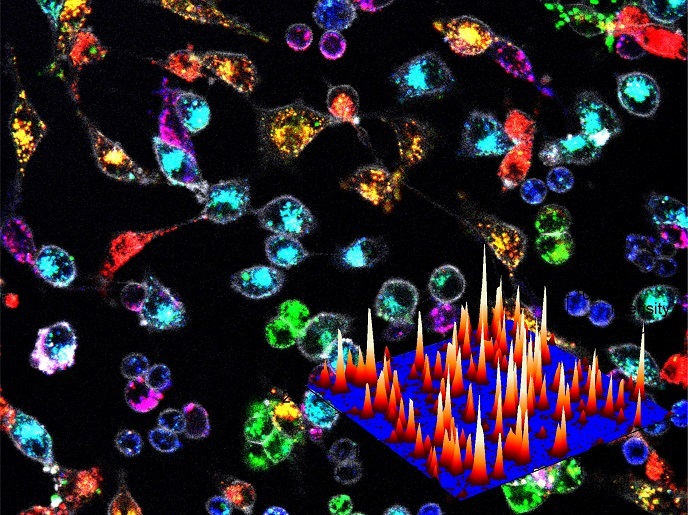Rapid diagnosis of sepsis
Current diagnostic methods for sepsis rely on culturing patient blood and tests to identify bacteria and their antibiotic resistance, which take up to several days. Rapid diagnostics of sepsis-causing bacteria can save the lives of infected patients. The EU-funded ACUSEP(opens in new window) project aimed to provide a proof-of-concept for new sepsis diagnostics that can detect very few bacteria in the blood within hours. The objective of ACUSEP was to develop a disposable ready-to-use cartridge enabling rapid analysis of sepsis-causing organisms directly from suspected blood samples. To achieve this, scientists used the microfluidic method of acoustophoresis to collect bacteria by ultrasonic sound waves in a small sample. Polymerase chain reaction (PCR) was used to identify bacteria and antibiotic resistance genes. The detection system consists of several components developed by project participants. Acoustophoretic devices for separation and enrichment of bacteria from blood proved to work with blood samples spiked with bacteria. Novel lanthanide luminescence label molecules detected bacterial DNA in a PCR reaction. Solid-phase oligonucleotide probe arrays allowed for homogeneous multiplexed detection of PCR amplification products. Sensitive PCR assays detected and identified the five most important sepsis-causing bacteria along with several antibiotic resistance genes. In the integrated system PCR assays, converted to dry-reagent chips allowed automated processing of the PCR reaction. The project fabricated and tested four successive prototypes of the integrated system. The most successful prototype was tested in a clinical study and compared with traditional sepsis diagnostics. The ACUSEP prototype detected bacteria in the blood of patients within two hours. The results were later confirmed by blood culture. ACUSEP's system has high potential. If developed further and processed to a commercial product, it could become important in the care of suspected sepsis patients in hospitals. Rapid identification of the sepsis causing bacteria and the possible antibiotic resistance they carry will decrease mortality and morbidity.







